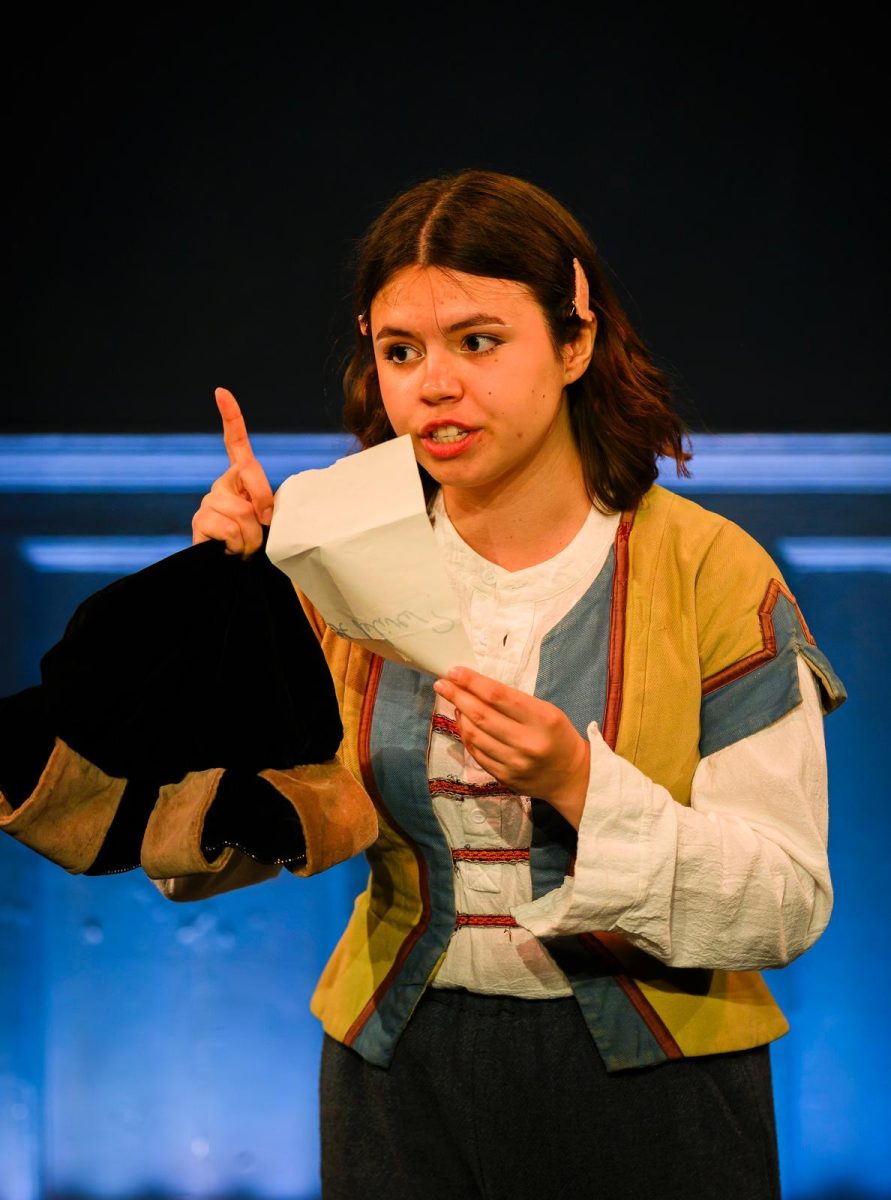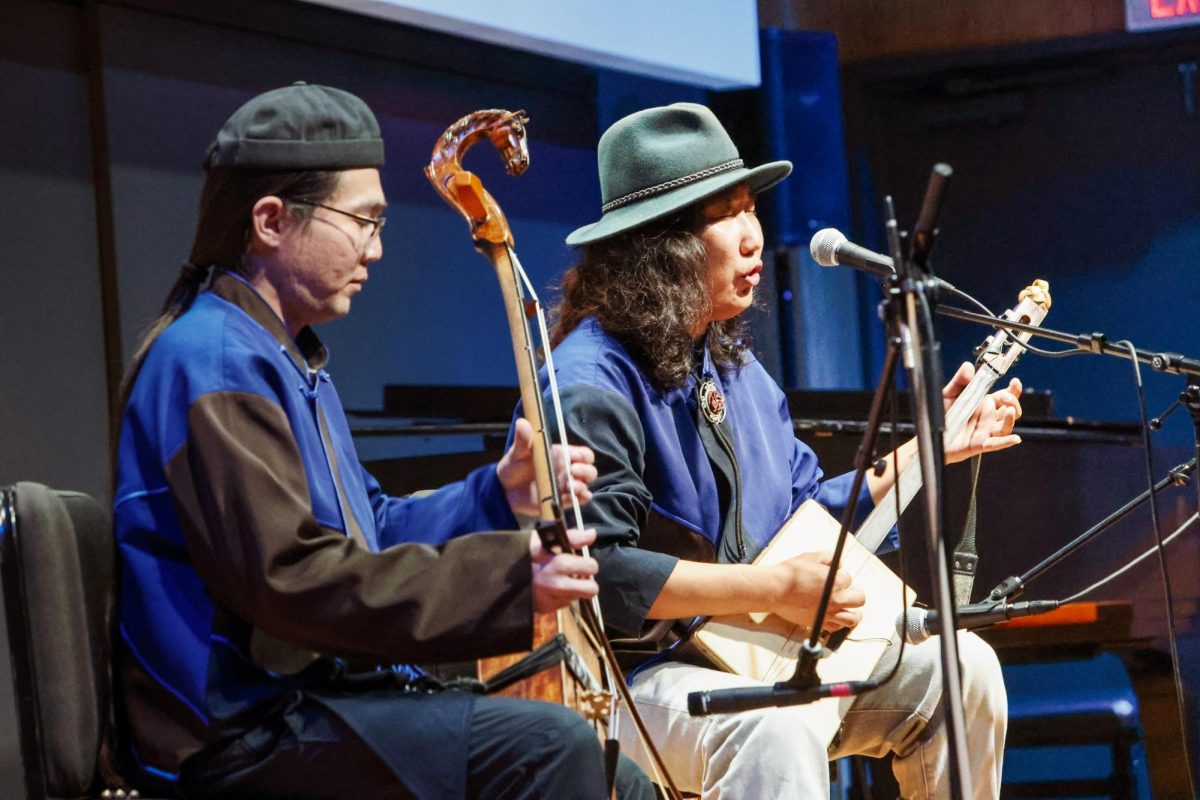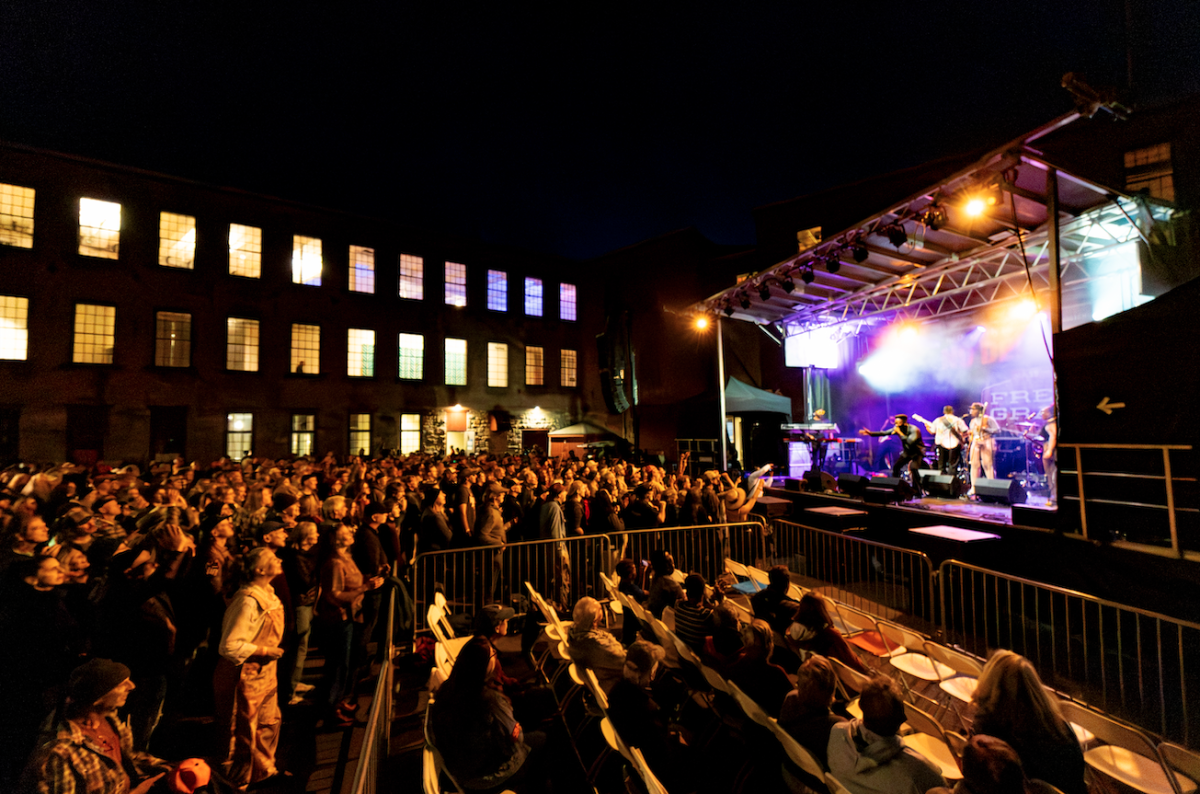“Wherever people feel safe … they will be indifferent,” Susan Sontag writes in her 2003 essay “Regarding the Pain of Others.” How, then, might government officials or other privileged individuals above the net of danger, come to sympathize with the stories of those who are currently in a state of danger, whether that be through the implicit violence acted upon minoritized peoples, war-toiled peoples, or refugees whose flight was hastened by their home countries, terrorist groups, foreign invasions? Narratives, in their evolving forms, offer a potential to bridge this gap, to make those at the peaks of power structures understand more vulnerable and disenfranchised persons. Visual narratives, whether fictional or documentarian, offer a solution which not only makes evident the rhetoric and verbiage of those being transgressed but also makes their presence visually tangible. But, here, the ground becomes muddy. What does it mean to depict the suffering of others anyway? Sontag writes, “Narratives can make us understand. Photographs do something else: they haunt us.” If photos do haunt us or, as she also writes “turn an event or a person into something that can be possessed,” how do we unravel this implication and reinvent the canonical use of photography, documentary films?
Border South, a 2019 documentary directed by Raul Paz Pastrana, presents a different approach to chronicling the experiences of peoples facing danger, traumatic experiences and disenfranchisement. The film, which showed at MASS MoCA last Thursday as the third of four screenings in the “What’s at Stake” series, follows the journey of Central American migrants on their path to Mexico, the United States. It centers itself on the story of Gustavo, a Nicaraguan migrant whose state of limbo intersects with dialogues on immigration law, state-inflicted violence, Mexican politics and questions regarding asylum. The story expands from there, accounting for a “chorus” of migrant voices, as editor and producer Ellen Knechel noted in a conversation with Williams Professor of Political Science Cheryl Shanks and Maureen Blennerhassett of the Berkshire Immigrant Center following the film’s screening. In a conversation I had with Shanks before the screening, she made note of a distinct element of the documentary which works to nuance migrants’ experiences and subvert hegemonic narratives that often de-humanize and objectify migrants.
Cheryl Shanks (CS): The thing that I noticed right away, is there’s an anthropologist, who’s one of the people listed as a filmmaker, and he’s just referred to as the anthropologist. So, one of the things is that the people in the movie who have names are all migrants and the people who are unnamed are just, even if they’re central to the movie, are just Americans or end up being unnamed.”
Phillip Pyle (PS): Do you feel that through them not including the specific names of the academics and other people who are peripheral to the migrants’ stories, do you feel that that humanizes migrants more?
CS: I think it’s an obvious, or deliberate ploy or gimmick, but it keeps attention on the stories of the individual migrants that we’re following rather than distracting, making it about the anthropologists or there are a bunch of NGO workers you also meet. It’s not about the interaction of these Americans and the migrants, it’s just about the migrants.
PP: Are there any particular moments or general themes that you feel like align with your interests in international law or topics you teach in classes?
CS: It raises all these questions about the distinction between political and economic migrants, how tenable that distinction is. And it points out this irony that nothing that you experienced on the trip should count but often that’s the most dangerous part physically. If he’s [Gustavo] already in Mexico, why doesn’t he just seek asylum in Mexico? And isn’t that good enough? And he does seek asylum in Mexico. He just wants asylum. It’s not really clear that he wants to leave Mexico to go to the United States. Once he has asylum, he stops trying to move some other place and that’s not a story that we see. The notion that Mexico is sufficient.… There are all these pieces of stories and the pieces are all recognizable, but they’re connected in ways that aren’t stereotypical, ways that it doesn’t go along with this traditional narrative.
PP: I know something that we talked about in class [PSCI 160 “Refugees in International Politics”] and comes into mind when I’m thinking of refugee crises, in general, is the idea of being in liminal spaces or in constant limbo. Does that seem to be a general theme for all the people, where they aren’t able to find a kind of constancy?
CS: There’s a kind of limbo that they all exist in. But, for many of them, the limbo is one of unemployment. When they say what they’re looking for, they don’t say ‘I’m looking for political safety.’ Even though the reason that they can’t be employed might have to do with the politics, the way they experience it is looking for work… which again is about the subjective, objective. Somebody like me might look at this and say, ‘the reason they can’t find work in Nicaragua is because of the revolution and what this did to the economy and the sanctions against Nicaragua.’” The relationship between persecution and unemployment, which can be a form of persecution – I can make that kind of argument but from the experienced point of view, he thinks this is economic… so ‘I’m an economic migrant’… and the fact that he can get asylum in Mexico only happens because he’s shot in Mexico, not because of whatever happened to him in Nicaragua. So, there’s a way In which the migration system is what harms him rather than politics in his home country or politics in the united states. So, the categories are all a little bit unstable, they’re not usable. They make sense in the abstract. You try to apply them to a movie like this and say, ‘so who are the asylum seekers versus the economic migrants and who is requesting asylum in Mexico and what’s the role of the Americans in this?’ They don’t sort themselves out into the categories that you would expect.
PP: I noticed in the MASS MoCA description that they used ‘ingenuity,’ ‘humor,’ and something like perseverance or some synonym to describe the migrants’ experiences, which is interesting because it definitely has some nuance. Do you think this did a good job of show a holistic portrayal of their experiences?
CS: I don’t know if it did a good job of it, but I know that it complicated it. One of the things I remember is, one of the things people do all the time, is use litter to make things or cook things. And so, there’s a time when they need hot water for coffee, so they get water and put it in an old glass, like Fanta bottle or something and stick it in a fire and they wait for that to warm up and then they make coffee with it… In the moment they’re not experiencing any kind of acute persecution. Sometimes they complain about the food or are flirting with each other. A lot of the time is spent at this immigration center where people are just hanging out, watching the trains go by.
PP: As with any documentary, there’s obviously motives and, typically, a political agenda. Where there any specific agendas or actions that it pushed viewers to take after watching it?
CS: Not actions that I can think of. I can think of, maybe some perceptions, which is that the people involved in this story, the migrants themselves and the people who are interacting with them in some way, to them, all of them are unique. It really is the individuality of every story. Not just this one person who’s unusual and has an interesting story and everybody else is interchangeable. It’s unique stories. One of the ways that they get that across is, somebody is missing, was supposed to show up in the United States at his aunt’s house and never showed up. And they don’t know how to find him. So they hired the anthropologist to try to track him down and the difficulty of that – where you get records, what kind of records the border control keep, what kind of records you can get talking to human traffickers – and piecing the story together is part of what happens. And you can see just how difficult that is. But we’re looking for one person. So, it does effectively what other stories do, like the Holocaust or something, where you have this mass situation and it’s characterized in the media and history as being caravans and waves and masses of people with bundles of stuff on their head or in their backpacks. And as if the most important thing about them is what they have in common and you have this other tradition of Anne Frank and Sophie’s Choice and these individual stories where people are saying ‘it’s not six million Anne Franks. Everyone is different.’ And this film does make a point, implicitly, by naming the migrants and not the Americans and so forth of having them be individuals.”
PP: Do you think that the international law or immigration law framework is malleable enough to account for the individuality?
CS: No. I think the definition of a refugee is, in the 1951 Convention and 1967 Protocol, that the U.S. signed (that’s the one that says ‘refugees don’t have to be from Europe and the persecution doesn’t have to be before 1951’), but still I think that definition is about people’s ideas of what caused World War II, which was this kind of persecution of minorities. Also, what was in the interests of the European countries at the end, which was just to keep people out. They’re thinking of refugees as individuals and so this convention is designed to tell states what to do when an individual comes to your door… The notion that it was supposed to be dealing with groups of people was not foreseen. So now we have something that makes sense if we’re trying to exclude people as much as possible. But you also don’t anticipate more than a couple of people coming through. So, it’s historically specific and it really served the interests of these countries at a particular point in time and they’ve stuck with it because it turns out it serves their purposes in general.
PP: What are some of your largest takeaways from the documentary and how do you see it in relation to other documentaries or films about immigration crises or the southern border?
CS: A lot of the time when we see something in film it’s going to be children in a boat or dead people in the Mediterranean and so it’s a mass thing and it involves a sort of political innocence. I like that this is about the people who are mainly migrating. The main migrants are men without work who are in their 20s who don’t know what else they could do. It could have framed the same story using children and the message would’ve been totally different. It becomes very sentimental and they become needy by definition, whereas, with men in their 20s, we don’t give them the benefit of the doubt and so we have to be convinced that they’re not up to no good. I like that it focuses on the people who are most commonly in this position because it makes us think about the biases we have against the young men and the biases we have toward children clinging to their moms’ arms in the sea.








